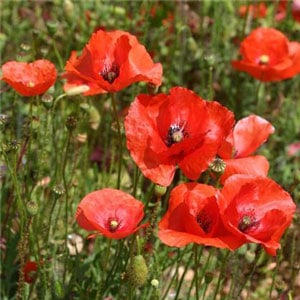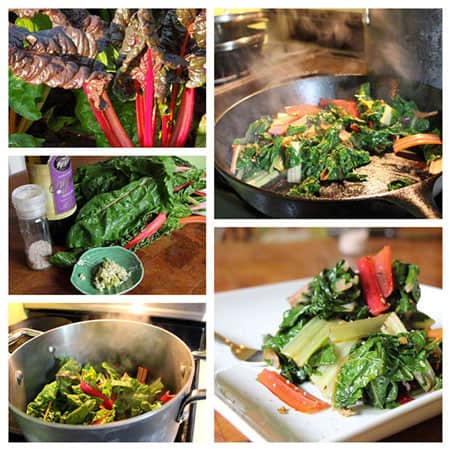The book “The Culture of Vegetables and Flowers from Seeds and Roots” by Suttons and Sons printed in 1910 had this to say about the poppy-
“The recent developments of this flower have brought it into great and deserved popularity, and it may be safely affirmed that no other subject in our gardens affords a more imposing display of brilliant colouring during the blooming period. All the varieties are eminently adapted for enlivening shrubbery borders and the sides of carriage-drives. Large clumps of some of the bolder colours should be sown in spots that are visible from a distance, and they will present glowing masses of flowers.”
What a beautiful description for a flower that has been cultivated for a long time. Here are a few gardening tips for the poppy:
- When selecting the perfect spot, remember that they love bright sunlight for most of the day. If you live in a hot climate, pick a spot that will be at least partially shaded during the heat of the afternoon.
- A well-drained spot is needed, as the poppy’s roots will rot in waterlogged soil, especially during the winter months.
- Enjoy poppies where you plant them, they do not make good cut flowers.
- Wood chip mulch around the base will help reduce weeds as well as help keep needed moisture at the roots.
- Deadhead, or remove the individual flowers as the blooms fade and wilt. Removing the spent blooms encourages the plant to keep blooming throughout the summer.
- When the flowers have died down for the season, cut back the foliage to the ground. This will produce a second showing of attractive summer leaves.
Many people associate poppy seeds with the familiar and wonderful array of Eastern European baked goods, from poppy seed pie or the poppy seed filling in the Purim holiday classic Hamantaschen. The Czech Republic is one of Europe’s largest producers of poppy seeds. When you harvest your seed pods from your garden you can make your own savory dishes featuring the poppy seeds.
Here is a perennial favorite that is easy to make and tastes so much better made at home, Poppy Seed Dressing!
Poppy Seed Dressing
- 2 tbsp. Poppy seeds
- 1/2 cup raw sugar
- 1/3 cup white wine vinegar
- 2 tsp. dry mustard powder
- 2 tsp. kosher salt
- 1 tsp. freshly ground black pepper
- 1 small yellow onion, finely grated, juice reserved
- 3/4 cup sesame oil
- 1/4 cup olive oil
- Heat a 2-qt. saucepan over medium-high heat. Add poppy seeds, and cook, swirling pan constantly, until lightly toasted and fragrant, about 3 minutes.
- Add sugar, vinegar, mustard, salt, pepper, and onion with juice, and cook, stirring constantly, until sugar dissolves and mixture begins to simmer.
- Remove from heat and transfer to a blender.
- Add both oils, and blend until smooth; chill.
Makes about 2 cups


